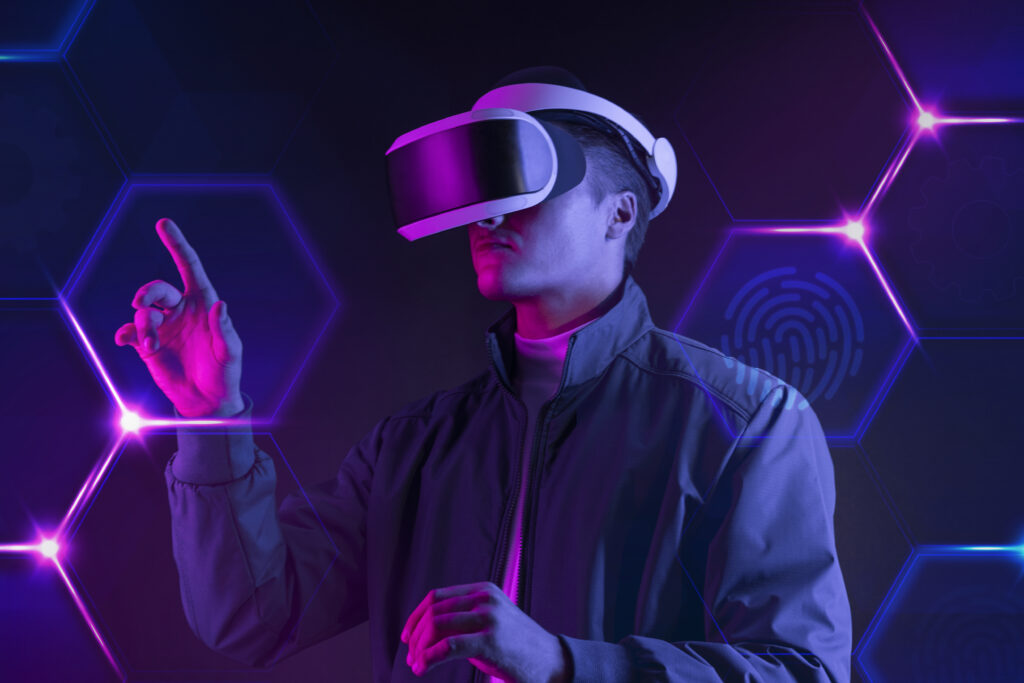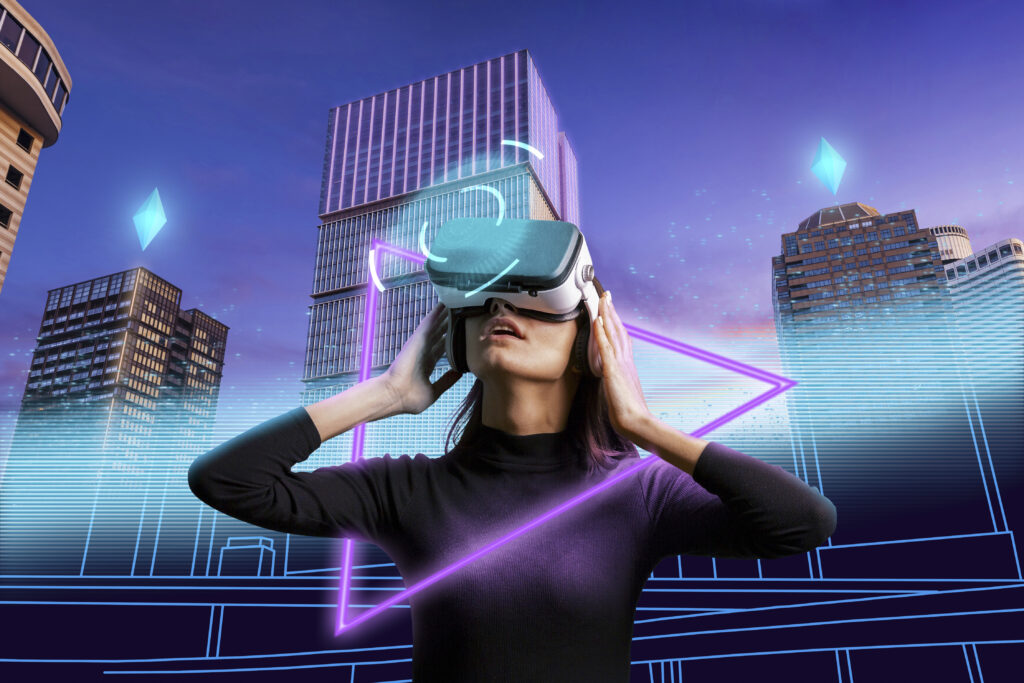What happens when technology evolves faster than we can adapt? How will our lives change when AI, automation, and quantum computing become everyday realities? While many conversations around the future of technology focus on innovation, there’s a crucial element often overlooked: the human side of future tech. As technology advances, it’s essential to understand not just how it works, but how it will shape our lives, relationships, work, and even our identities. In this article, we’ll explore the impact of emerging technologies on human experiences, the ethical challenges they bring, and how we can ensure that technology remains a tool for enhancing our well-being rather than replacing it.

Why This Topic Is Important
The rapid pace of technological advancements raises pressing questions about human adaptation. While we marvel at innovations like artificial intelligence (AI), robotics, and autonomous vehicles, we must ask: What will these technologies mean for the people who use them? This article delves into the human side of future tech—how we, as individuals and society, can benefit from these changes without losing what makes us human. From job displacement to enhanced healthcare, there’s a lot at stake, and understanding these dynamics is key for navigating the future.
What You Will Learn
In this article, we will:
- Examine how future technologies will affect our daily lives and relationships.
- Discuss the ethical implications of these advancements.
- Explore how we can balance innovation with humanity.
- Offer insights into ensuring technology serves human interests rather than overpowering them.
The Human Impact of Emerging Technologies
H1: The Role of Artificial Intelligence in Our Lives
Artificial Intelligence (AI) is set to revolutionize industries across the board, from healthcare to entertainment. But what does it mean for the people interacting with these systems?
H2: AI in the Workforce: Job Displacement vs. Job Creation
One of the most talked-about implications of AI is its potential to displace human workers. Automation is increasingly able to perform tasks that were once the sole domain of people.
- Job Loss: Robots can now handle repetitive tasks in manufacturing, warehouse management, and customer service, leading to fears of job displacement.
- New Job Roles: On the flip side, AI is also creating new jobs. For instance, AI researchers, machine learning engineers, and data scientists are in high demand.
Example: In the healthcare sector, AI is used to analyze medical images and detect diseases, improving diagnostic accuracy. However, it has also led to the displacement of some medical technicians. Balancing these pros and cons is vital.
H2: AI in Personal Lives: Convenience or Control?
While AI-powered virtual assistants like Amazon’s Alexa or Apple’s Siri make life more convenient, there’s a growing concern about data privacy.
- Benefits: These systems offer personalized experiences, such as curating shopping recommendations, automating home tasks, and enhancing accessibility.
- Risks: However, they also collect vast amounts of personal data, raising questions about privacy and security.
Data Example: A study by the Pew Research Center found that 81% of people feel they have little or no control over the data collected by companies, leading to calls for stricter regulations on AI.
Ethical Concerns with Advanced Technology
H1: Ethics and Future Tech: Striking a Balance
As technology becomes more intertwined with daily life, ethical concerns are more critical than ever. With AI systems making decisions for us, who is responsible when something goes wrong?
H2: AI Bias and Fairness
AI systems are only as unbiased as the data fed into them. If the data reflects societal biases, the AI will replicate those biases.
- Example: In criminal justice, some predictive algorithms have been criticized for disproportionately targeting minority groups due to biased data.
- Solution: Ensuring diverse data sets and regular audits of AI systems are essential for mitigating bias.
H2: The Ethical Dilemma of Human-AI Relationships
As AI becomes more human-like, the lines between technology and human interaction blur. Is it ethical to form relationships with AI entities?
- Case Study: In Japan, robot companions have been developed for elderly people, helping combat loneliness. While these robots offer comfort, they also raise questions about the authenticity of emotional connections.
The Future of Work: Human and Machine Collaboration
H1: How Will We Work with Technology in the Future?
Technology isn’t just replacing jobs—it’s transforming them. Future workspaces will be characterized by greater collaboration between humans and machines.
H2: The Rise of Augmented Reality (AR) and Virtual Reality (VR)
AR and VR are already used in sectors like gaming, education, and even real estate. In the future, these technologies will enhance productivity and training.
- Example: In manufacturing, AR can provide workers with real-time guidance, improving efficiency and safety.
- Future Possibility: VR can enable virtual offices, where people from around the world collaborate in a simulated environment.
H2: Robotics in Healthcare: A Boon or a Threat?
Robots are already assisting in surgeries, but as they become more advanced, there are fears of human doctors losing their place in the field.
- Benefit: Robots provide precision and consistency, improving patient outcomes in surgeries.
- Concern: However, there’s a fear that excessive reliance on robots might reduce the need for human oversight and empathy.
Ensuring Technology Serves Humanity
H1: Human-Centered Design: Keeping Humans in the Loop
To ensure future technologies benefit humanity, designers must prioritize human-centered design. This involves considering the human impact at every stage of the technology development process.
H2: Ethical AI Design
AI systems should be developed with transparency and accountability in mind. Developers must ensure their creations adhere to ethical standards that prioritize fairness, privacy, and user control.
H2: Collaboration Between Tech Experts and Social Scientists
To navigate the social implications of technology, collaboration between tech experts and social scientists is crucial. Understanding how technology affects human behavior and society will ensure it is used for the greater good.
Conclusion
The rapid advancement of technology is transforming the way we live, work, and interact with one another. However, while these innovations offer unprecedented opportunities, they also bring challenges that we must address. From the ethical dilemmas of AI to the future of human-machine collaboration, it’s essential to ensure that technology serves humanity and enhances our well-being. As we look ahead, a balance must be struck—one that embraces the potential of technology while safeguarding the human values that make us who we are.
Key Takeaway: As we move toward a tech-driven future, it’s crucial to remain mindful of its human side. By prioritizing ethical standards, fostering collaboration, and keeping humans at the center of innovation, we can create a future where technology enhances rather than diminishes our human experiences.
Call-to-Action: Stay informed about the future of technology! Subscribe to our newsletter for the latest insights or share this article with others who are interested in the human side of tech.

